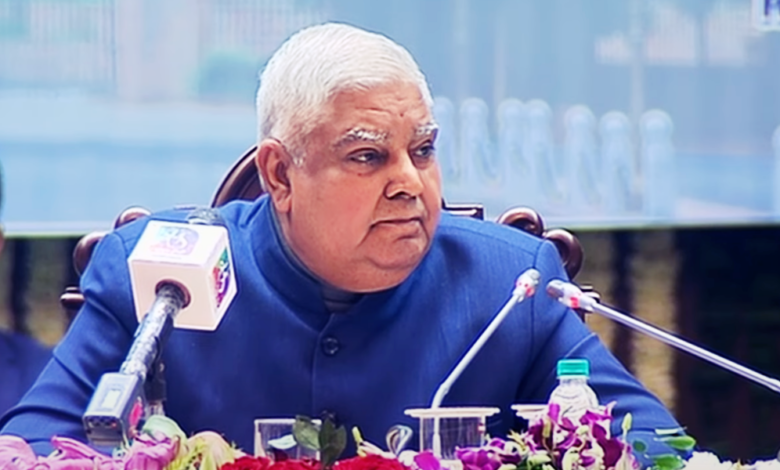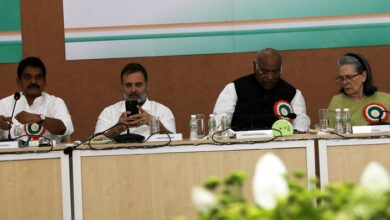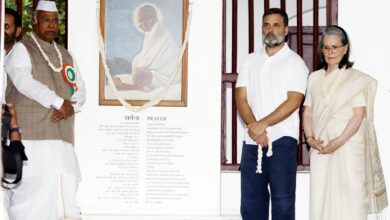V.P. Jagdeep Dhankhar’s Comments About The Constitution’s Fundamental Structure Cause Controversy

On January 25, Vice President Jagdeep Dhankhar initiated a discussion over the division of powers between the executive and judicial branches. He criticized the Supreme Court once more for overturning the constitutional amendment that created the National Judicial Appointments Commission Act by applying the basic structure concept.
Dhankhar had earlier on December 7 described the NJAC Act’s repeal as a serious surrender of parliamentary authority and a contempt for the mandate of the people in his first speech in the Rajya Sabha. What is the fundamental structure and how does it affect the legislative branch’s authority?
What is the fundamental doctrine of structure?
The Doctrine of Basic Structure is a method of judicial review that the courts utilize to determine whether any piece of legislation is lawful.
The Supreme Court developed the theory in the landmark decision Kesavananda Bharati v. State of Kerala in 1973. A 13-judge Constitution Bench decided on a 7-6 vote that the fundamental structure of the Constitution is untouchable and cannot be changed by Parliament.
The Court declares a statute invalid if it is discovered to damage or destroy the basic characteristics of the Constitution. The test is used to determine if a constitutional amendment will weaken the principles of the Constitution itself.
Since it provides significant restrictions on the ability to modify the Constitution, the test is commonly considered as a check on the majority inclinations of the Parliament.
How did the doctrine come about?
The Kesavananda decision was the result of numerous conflicts between the court and the administrative branch, which were overseen by the then-prime minister Indira Gandhi. The Parliament introduced a constitutional amendment to give itself the power to amend any part of the Constitution after repealing important laws such as land reforms, nationalization of banks, and the elimination of the privy purse. It also passed a law that prevents judicial review of the amendment.
The Court then had to consider the extent of the Parliament’s constitutional amendment authority as well as the legitimacy of the land reforms. The doctrine was culled out as the majority decision in the case from the 11 different judgments that the 13-judge bench issued.
Although the Court found that Parliament has broad authority to amend the Constitution, it is not permitted to change some fundamental elements. The Court upheld the amendment that eliminated the fundamental right to property in regard to land reforms. According to the court, the modification wouldn’t go against the fundamental structure of the Constitution in spirit.
The basic structure theory has its roots in the post-World War II German Constitutional law, which was altered to protect some fundamental laws following the Nazi era. Professor Dietrich Conrad’s ideas were cited by lawyer Nanbhoy Palkhivala, who testified against the government and defended the basic structural concept.
What fundamental elements make up the Indian Constitution?
In the Kesavananda decision, the Supreme Court listed a number of the Constitution’s elements that may be considered its fundamental features, but emphasized that this list was not all-inclusive.
Examples of basic elements include judicial review, the rule of law, federalism, and the form of a democratic republic.
Judicial independence was cited as a fundamental aspect of the Constitution in the 2015 decision by the Supreme Court that invalidated the National Judicial Appointments Commission Act and the accompanying Constitutional Amendment.
By using the basic structure doctrine, the five-judge panel invalidated the amendment that was approved by the Parliament with a resounding majority (just one member abstained). As a result, the court is undermining the power of the Parliament, according to Dhankhar.
What makes the doctrine controversial?
Vice President Dhankhar’s comments encapsulate a common objection leveled at the theory and its use: that it is not contained in the Constitution’s actual wording. There is a claim that the judiciary is interfering with Parliament’s authority by developing a test that is not a textual application of judicial review.
Some detractors of the concept, including senior attorney Raju Ramachandran, have said that it is anti-democratic and counter-majoritarian for unelected judges to have the authority to reject Constitutional amendments based on this philosophy.
But over time, legal research has supported the test’s legitimacy. Dr. Sudhir Krishnaswamy, Vice Chancellor of National Law School of India University, Bangalore, contends that the basic structure theory is supported by a good structural interpretation of the Constitution in his book-length defense of the doctrine. In his book Democracy and Constitutionalism in India, Krishnaswamy argues that even some of the doctrine’s skeptics have changed their minds over time.
For instance, in the Kesavananda Bharati decision, Justice YV Chandrachud, a former Chief Justice of India, was in the minority. However, Justice Chandrachud used the theory to restrict Parliament’s authority in other judgments where the Court used the test.
News Mania Desk






